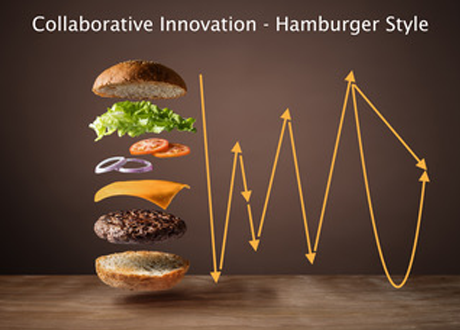A Profile of Open Innovation Managers in Multinational Companies
Open innovation is widely used in large companies and we know increasingly more about how to manage this process. In contrast, we know virtually nothing about the managers and practitioners who are driving open innovation in large companies. Who are the managers operating in open innovation teams or units? What is their profile? How long do they stay in an open innovation job, and what is their tenure in the company? This report tries to answer these questions based on an investigation of open innovation managers on LinkedIn.





